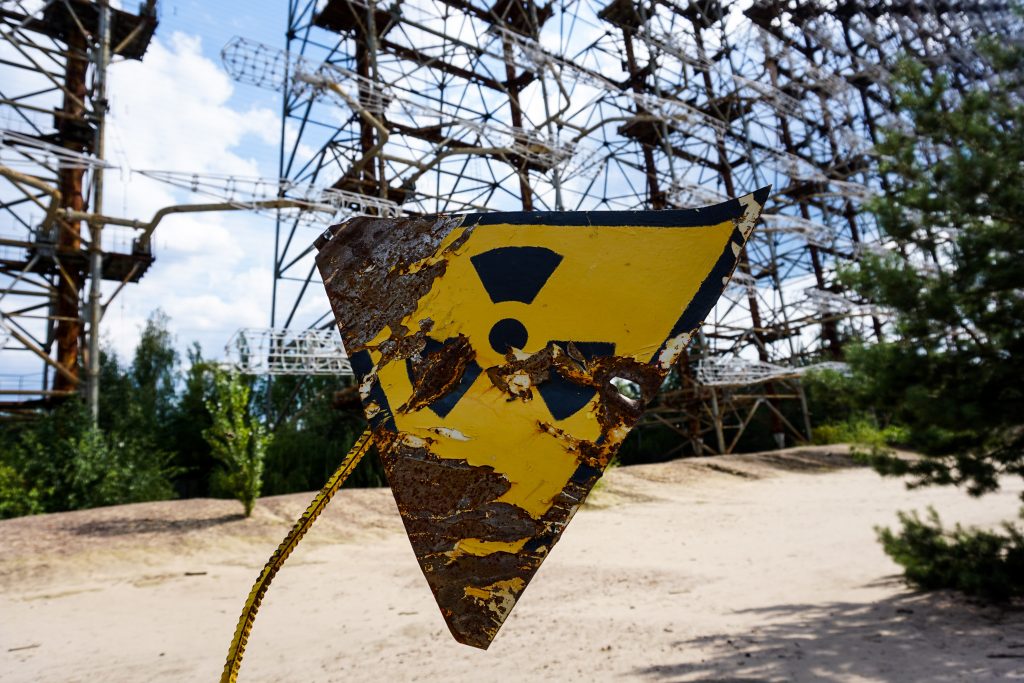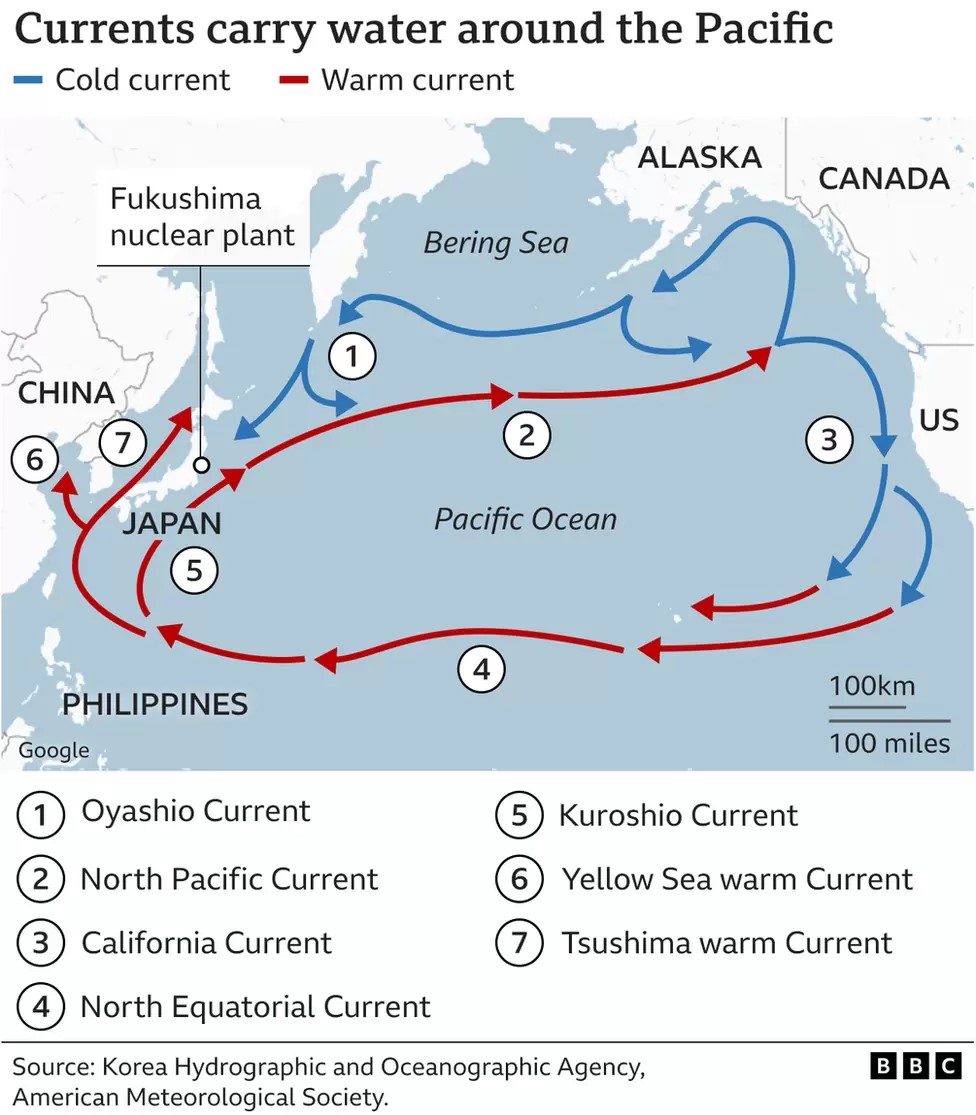
Does the Discharge of Large Quantities of Treated Radioactive Wastewater into the Oceans Pose a Significant Threat to Environmental and Human Sustainability?
Article by Mengyu Liang
Photo by Ilja Nedilko on Unsplash
The breaking news that Mr. Lee Jae-Myung, the leader of the Democratic Party of South Korea, has been taken to hospital after going on hunger strike has been widely reported. As The New York Times (2023) reported, one of the reasons for his action was to protest the current president of South Korea Yoon Suk Yeol’s action, who did not oppose Japan’s discharge of treated nuclear wastewater into the ocean from the Fukushima nuclear plant.
Why would Japan release wastewater into the Ocean? According to BBC News (2023), In 2011, Japan was hit by a magnitude 9.0 earthquake that triggered a tsunami and damaged three reactors at the Fukushima Daiichi nuclear power plant. This nuclear disaster was defined as the world’s worst since Chernobyl as the explosion of two nuclear power plants caused radioactive materials to leak outside. To save the other two plants from overheating explosions, the government made the decision to fill them with seawater. Due to the need for seawater to be constantly pumped in to keep plants cool, more than a million tons of radioactive wastewater accumulated in the plants and tanks. Due to the small size of the country, Japan’s government decided to utilize technology to purify nuclear wastewater and discharge it into the sea to dilute the radiation in the water, thereby freeing up usable land.

image source: https://www.bbc.co.uk/news/world-asia-66106162
Although the Japanese authorities declare that the radioactive wastewater has been filtered through the Advanced Liquid Processing System, which filters out the most radioactive substances and achieves the safety standard, the action of discharging it into the ocean is still highly controversial. As a result of this, problems related appeared not only in the economic aspect but also in the natural environment. Firstly, the fishery industry has been threatened heavily and caused economic problems. As the release of wastewater has already started, the reputation of Japanese marine food products has plummeted. As reported by BBC (2023), Japan’s Ministry of Agriculture, Forestry, and Fisheries proclaimed that according to China’s customs authority, imports of Japanese seafood into China, the largest importer of Japanese seafood, fell by 67.6% in August this year compared with the same period last year. At the same time, the releasing action might also damage marine life. With the filter process, the most radioactive substances are removed except carbon-14 and tritium. Although the Japanese authority confirmed that the quality of wastewater is up to edible standards and those two chemical substances would not harm the sea, some experts in the marine bioscience field disagree with this statement. With the support of Nogrady (2023), Nature interviewed Robert Richmond, a marine biologist at the University of Hawaii, who stated that weak tritium contained in the wastewater is a β-radiation emitter that could damage DNA when emitting ionizing radiation. People would be fine with this component as the skin partly blocks ionizing radiation, but when eating food that contains it, the cells inside the body would be exposed. Sea creatures may suffer from it as well with the concern that tritium may enter the marine food chain when larger creatures eat smaller, contaminated creatures.
The result of discharging treated nuclear wastewater may not just cause problems currently but also in the future, which threaten the environment and human sustainability. With the definition defined by the report of the United Nations written by Brundtland (1987), Sustainable Development means “development that meets the needs of the present without compromising the ability of future generations to meet their own needs.” (P.16). Accordingly, while wastewater entering the ocean, both the marine ecosystem and fishing industry could be damaged as the DNA of the sea creatures may change. Therefore, many marine organisms will die or mutate further, and consumption of mutant seafood may lead to the emergence of a variety of related diseases, as Bickham et al. (2000) noted, after toxicologists measured contaminant levels in environmental samples, “a decided emphasis on uncovering the potential human health effects of these chemicals.” (P.34). Those families who rely on fishing may lose their jobs and be forced to move from the sea. Companies related would also be affected, leading many labourers to lose their occupations. Additionally, the outcome would not be as predicted by the Japanese authorities, carbon-14 and tritium contained in the wastewater may not be diluted successfully by the seawater, instead, react with other chemicals in the ocean to produce more harmful substances and further pollute the marine environment. As the whole discharging process lasts for thirty years, more wastewater will be discharged into the ocean. Along with the shifting of ocean currents, oceans starting from the Pacific will be polluted and more people will be affected as time goes by. Over time, any creatures that rely on the sea, including their descendants, could suffer from it. To conclude, with the foundation of the present, future problems related to discharging will come one after another, significantly reducing the standard of living for creatures, which is obviously not conducive to sustainable development.

0 Comments